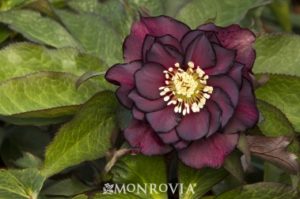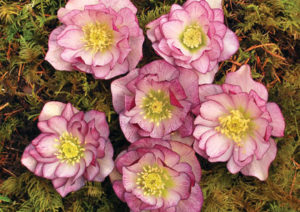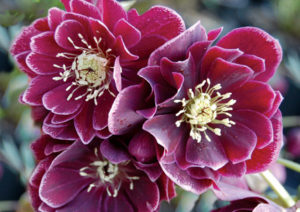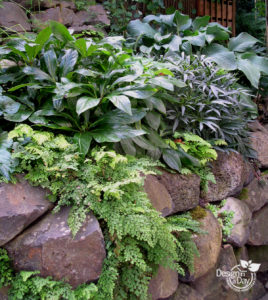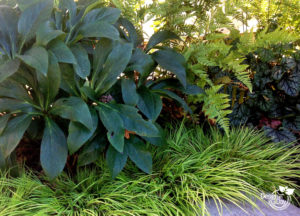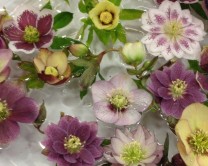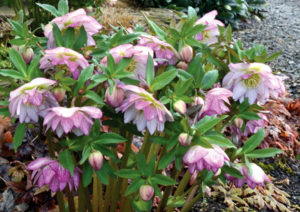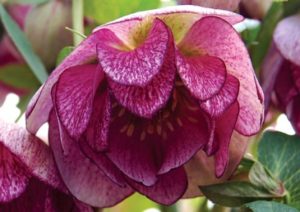Drought Tolerant Landscaping with Manzanita Plants in Portland
Why am I excited about using Manzanita in my Portland landscape designs?
It’s the water
To advocate the use of Manzanita is to advocate the use of drought tolerant plants. Happily we landscape designers are encountering more clients these days who want a low water landscape or want a completely drought tolerant yard. I can advise about the site conditions drought tolerant plants require and select attractive plants that meet the curb appeal test in addition to drought tolerance.
Unique look
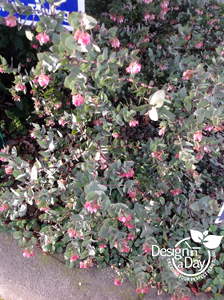
Manzanita flowering in Woodlawn neighborhood of Portland – Garden Design
It’s a new look for the landscape. My younger clients are done with rhododendrons and azaleas, which are somewhat over used here. While Manzanita has attractive flowers, it is the whole package, foliage color, shape of plant, bark color and flower that is creating the popularity. I’m especially happy with the boost these plants give to the winter landscape.
Fusion of modern style with NW Natural
These plants are too naturalistic for formal landscapes but they look great with modern and craftsmen homes. Style-wise Manzanita fit nicely with NW natural, Mediterranean or even a southwestern look. We get strong foliage contrast with leaf blades (Yucca or ornamental grass), tiny needles like dwarf conifer, heather (calluna type), lavender or fat leafed succulents like hens and chicks or sedum palmeri or other sedums.
New kinds of Manzanita to use in landscapes
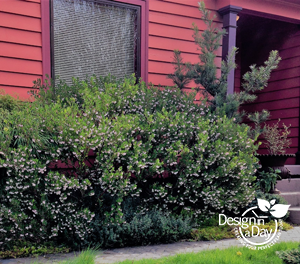
Drought tolerant Manzanita in Portland garden design as foundation plant.
The fact that we now have more than one kind of Manzanita we can use can be laid at the feet of a handful of people who have crossed different kinds of Manzinita to produce plants that can thrive in our rich Willamette Valley soils. They then tested the plant in different soil conditions and identified the plants that can handle life in an non irrigated garden or landscape.
When I started my Portland landscape design practice in the 1990’s there was a native Manzanita tree from the Oregon coast that “sometimes” survived here. They are so beautiful that I was tempted. Still “sometimes” was not good enough for my designs. I needed cold hardy Manzanita ground covers, shrubs, and small trees that would thrive here in the Willamette Valley and there weren’t any. Now I have them!!!
Less weeding
This benefit could take some time to realize. Manzanita leaves contain a substance that discourages weeds. Leaves that shed from the plant should be left in place. It takes several years for these small leaves to build up enough of the substance in your soil to be effective.
Pruning tip
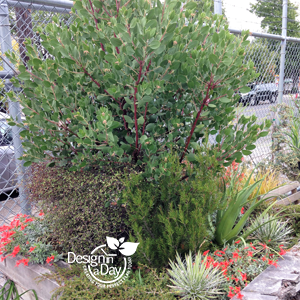 One of the common mistakes with Manzanita is to underestimate the width of the shrubs and small trees. Most cannot be pruned heavily and can be rendered so unattractive by pruning that tries to contain them, they will be removed. If you have no pruning skills (and most people don’t) be sure to place these plants where they have room to mature with yearly tip pruning only.
One of the common mistakes with Manzanita is to underestimate the width of the shrubs and small trees. Most cannot be pruned heavily and can be rendered so unattractive by pruning that tries to contain them, they will be removed. If you have no pruning skills (and most people don’t) be sure to place these plants where they have room to mature with yearly tip pruning only.
Where to find these plants?
While Xera Plants, Inc. and Cistus Nursery are the primary resource for retail, there are the Hardy Plant
Contact us
Society Sales (spring and fall) and tried and true mail order plant resources.
If you are wanting drought tolerant landscaping and need a landscape designer contact me, I love to design with Manzanita.

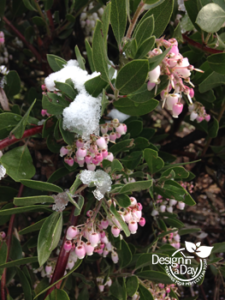
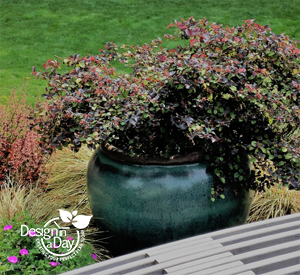 As a Portland residential landscape designer, I have many clients who want exciting year-round color in their landscapes. If they love burgundy foliage (either you love it or hate it, it seems) I often consider Chinese fringe flower as a shrub for their landscape.
As a Portland residential landscape designer, I have many clients who want exciting year-round color in their landscapes. If they love burgundy foliage (either you love it or hate it, it seems) I often consider Chinese fringe flower as a shrub for their landscape.
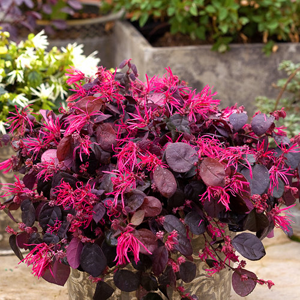
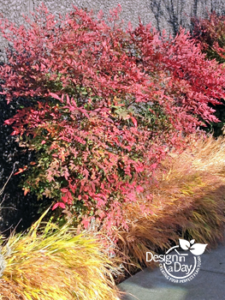 I promised I would follow up from
I promised I would follow up from 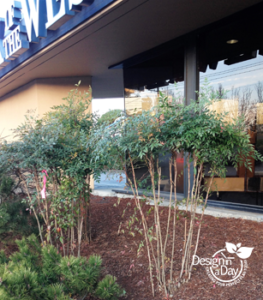 Restore leggy sparse leafed Nandina plants
Restore leggy sparse leafed Nandina plants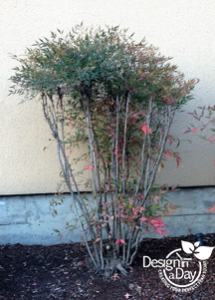 We could correct these ugly leggy Nandinas’ appearance in one year by applying the pruning technique I have illustrated here. These Nandina domestica ‘Gulfstream’ could look amazing with regular irrigation and pruning once every year or two.
We could correct these ugly leggy Nandinas’ appearance in one year by applying the pruning technique I have illustrated here. These Nandina domestica ‘Gulfstream’ could look amazing with regular irrigation and pruning once every year or two.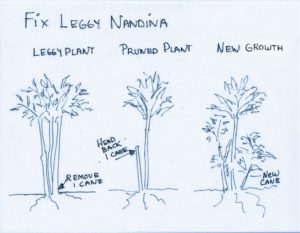
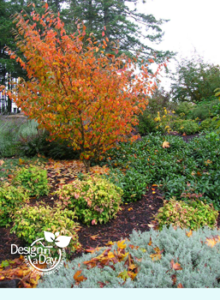 Colorful Four Season Plant for Portland Residential Landscape Designs
Colorful Four Season Plant for Portland Residential Landscape Designs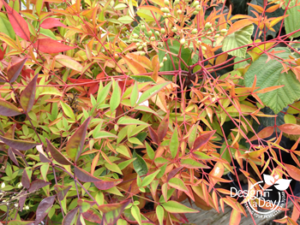 Disadvantages
Disadvantages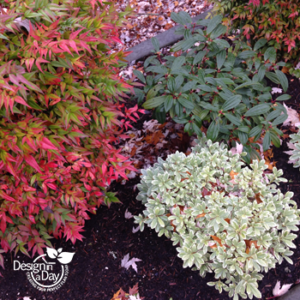 How I Use Nandina in Garden Designs
How I Use Nandina in Garden Designs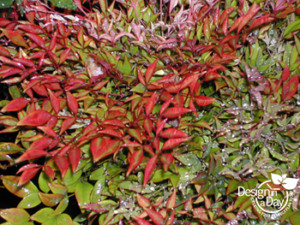 Plant Partners
Plant Partners